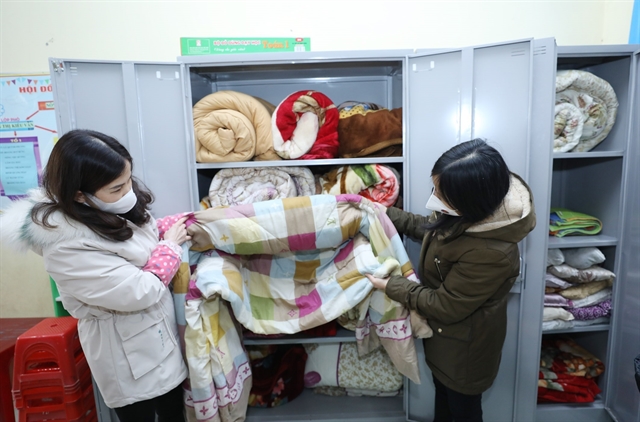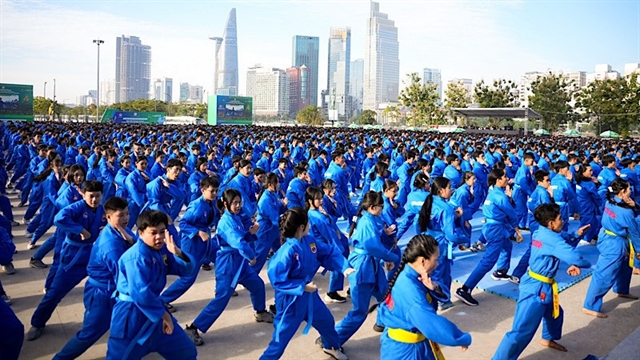 Society
Society

 |
| Frost covers the Heaven's Gate tourist area in Sơn Bình Commune, Tam Đường District in the northern mountainous province of Lai Châu on January 24, 2024. — VNA/VNS Photo Nguyễn Oanh |
HÀ NỘI — The northern region of Việt Nam will experience severe cold spells, with frost and ice in the first two months of 2025, especially in mountainous northern areas.
According to the National Centre for Hydro-Meteorological Forecasting, the ENSO phenomenon is currently in a neutral state and is expected to remain neutral during the first quarter of 2025.
Average temperatures across Việt Nam from January to March 2025 are predicted to be near the long-term average for the same period.
Deputy Director of the National Centre for Hydro-Meteorological Forecasting Hoàng Phúc Lâm said that strong cold air front will cause severe cold spells in next January and February.
"There remains a likelihood of hazardous weather phenomena, including thunderstorms, tornadoes, lightning and strong gusts. The northeast monsoon may generate strong winds and large waves, affecting maritime activities. Extreme weather, such as thunderstorms, hail, severe cold, frosts and ice, could negatively impact agricultural production and public health nationwide," Lâm warned.
In the South, including the southeast region, hot weather is expected from January to March 2025, near the long-term average.
In terms of rainfall, the rainfall of January and February in the North will range between 20–40mm, near the long-term average. March rainfall is forecasted to be 50–80mm, slightly higher than the long-term average by 5–10mm.
In central region, rainfall is expected to range from 20–50mm, with some areas in Hà Tĩnh receiving over 100mm, aligning with the long-term average. Central and south-central regions will see 50–160mm, also near average.
By March, rainfall will generally align with long-term averages, with some areas experiencing higher-than-average precipitation.
The rainfall in the Central Highlands and southern region is expected to be 5–15mm above the long-term average.
The meteorological expert advised the public to stay updated on the latest weather forecasts and warnings through official communication channels to proactively respond to changing weather patterns.
Authorities and relevant agencies must promptly and timely provide disaster forecast information to the public and enforce absolute bans on activities in high-risk areas prone to thunderstorms, tornadoes, lightning and hail. — VNS

.jpg)
.jpg)

